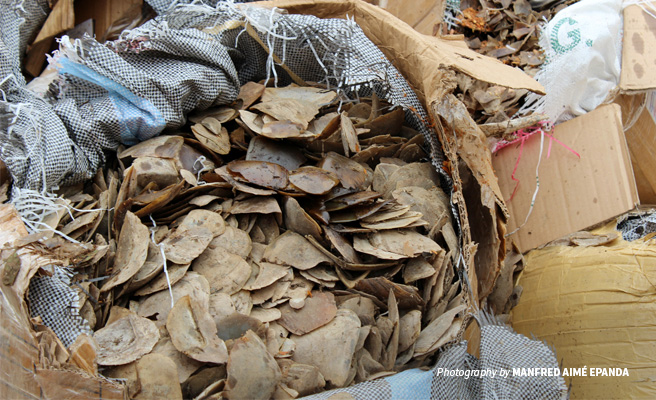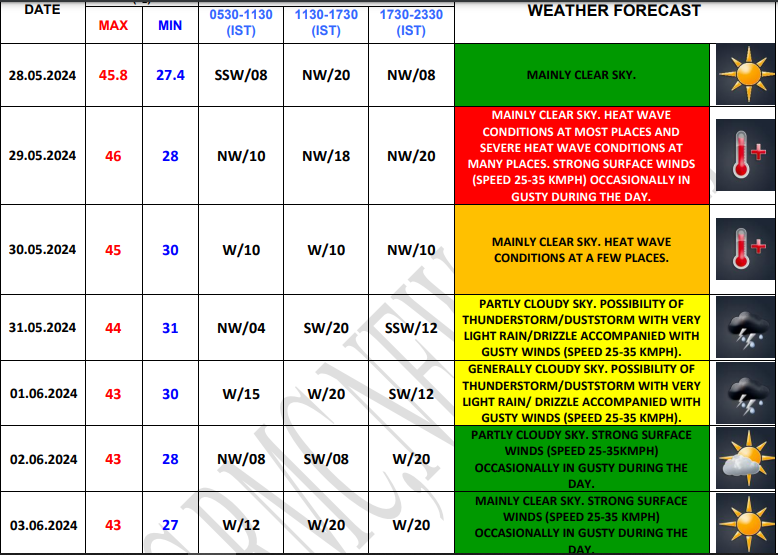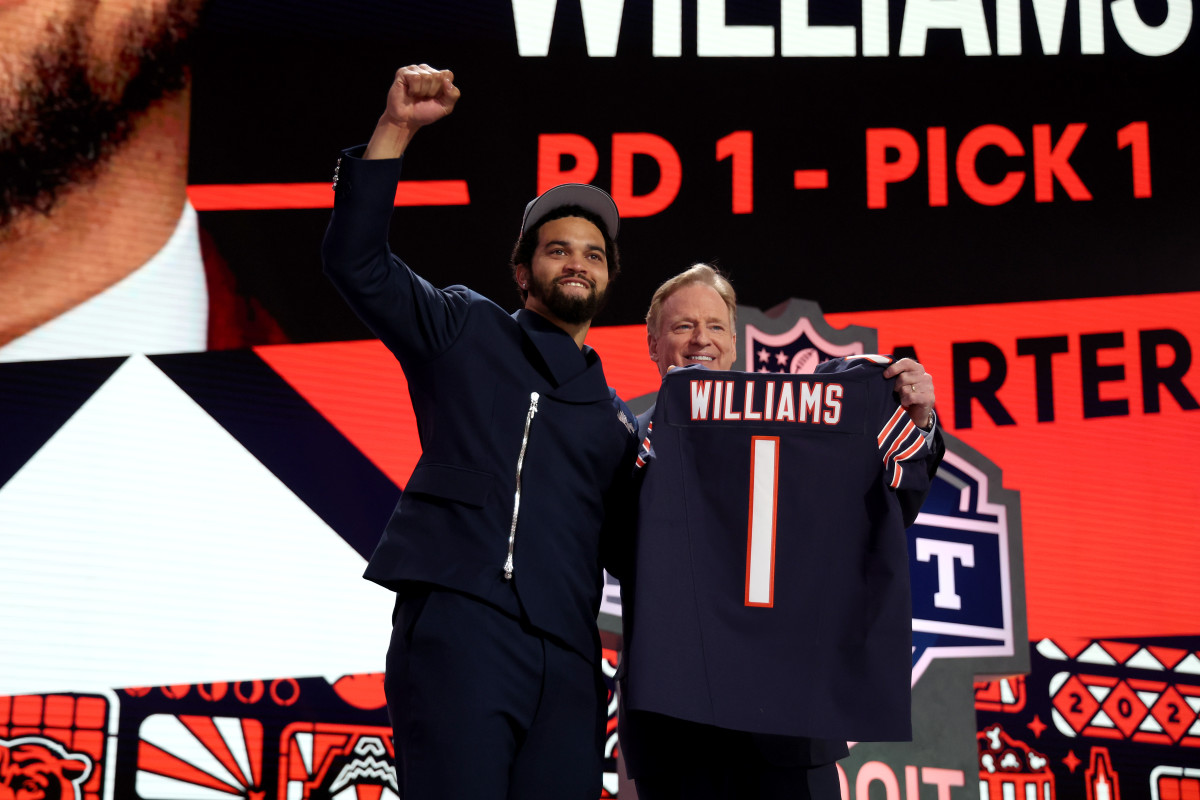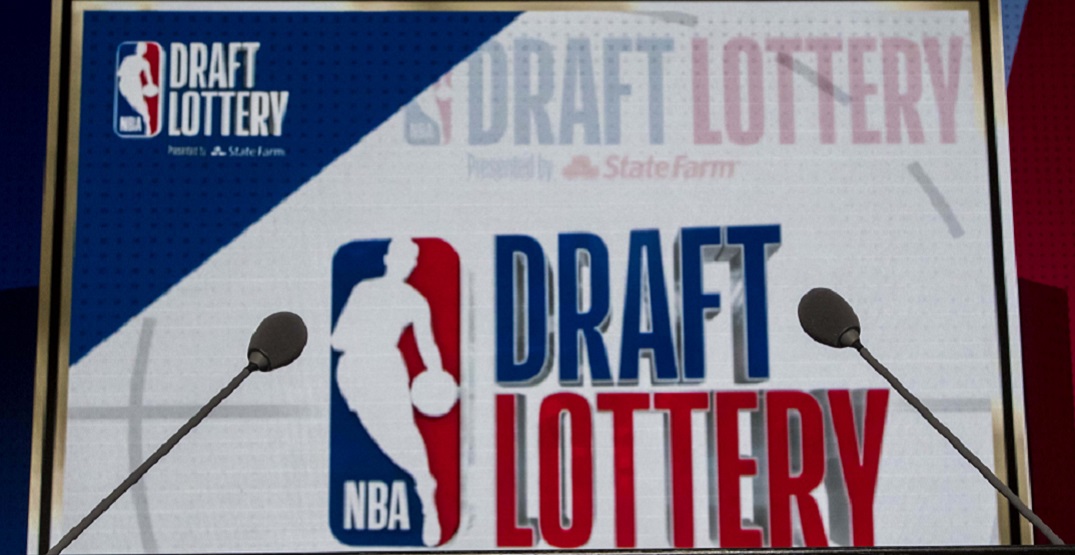UK Wildfires: Rarest Wildlife Torched, Pushed To Extinction

Table of Contents
Devastating Impact on Rare Habitats
UK wildfires are particularly devastating because they target unique and incredibly sensitive habitats that support a wealth of rare species. The loss of these habitats represents a critical blow to biodiversity and ecosystem health.
Loss of Biodiversity Hotspots
Wildfires are especially catastrophic for:
-
Heathlands: These unique ecosystems, characterized by low-growing heather, are vital habitats for nesting birds such as the endangered Dartford warbler. Fires destroy the slow-growing heather, leaving these birds without nesting sites and food sources. The subsequent loss of this habitat contributes directly to population decline and increases the risk of local extinction. Heathland restoration after a wildfire is a lengthy and complex process.
-
Peat bogs: Peat bogs are not only rich in biodiversity, supporting a range of specialized plants and animals, but they also play a crucial role in carbon sequestration. Wildfires in these areas release vast quantities of stored carbon dioxide into the atmosphere, exacerbating climate change. The destruction of this unique habitat also results in the loss of irreplaceable flora and fauna adapted to its specific conditions. The recovery of peat bogs after fire can take centuries.
-
Ancient woodlands: These ancient ecosystems, often teeming with rare invertebrates and plants, are particularly vulnerable to wildfire damage. The slow growth and complex structure of these woodlands mean that recovery from even a partial burn can take centuries, leading to irreversible biodiversity loss. Ancient woodland fires are particularly damaging because they wipe out generations of accumulated biodiversity.
Fragmentation of Habitats
Even partial burns can have long-lasting consequences, creating barriers that isolate populations and severely hinder breeding success. This habitat fragmentation significantly increases the vulnerability of remaining populations to further threats.
-
Reduced Genetic Diversity: Smaller, isolated populations become more susceptible to inbreeding depression and genetic bottlenecks, reducing their resilience to disease and environmental changes. This isolation can lead to a decline in overall fitness and increase the risk of extinction.
-
Disrupted Ecological Processes: Animals struggle to find food and mates in fragmented habitats, leading to reduced reproductive success and population decline. The disruption of ecological processes like pollination and seed dispersal further contributes to habitat degradation.
-
Loss of Ecosystem Resilience: Fragmentation weakens the overall resilience of the ecosystem, making it more susceptible to future disturbances and less able to recover from shocks. The interconnectedness of species within an ecosystem is crucial for its stability, and fragmentation breaks these vital links.
Species Directly Affected by UK Wildfires
The impact of UK wildfires on wildlife is far-reaching, affecting a wide range of species. Many are already under pressure from other threats, making them even more vulnerable to the devastation of fire.
Endangered Birds
Numerous bird species rely on specific habitats easily destroyed by fire. This makes them particularly vulnerable to the devastating effects of UK wildfires.
-
Dartford Warbler: This iconic heathland bird is exceptionally vulnerable to habitat loss from fire, as it relies heavily on heather for nesting and foraging.
-
Woodpeckers and Cavity-nesting Birds: The loss of mature trees and woodland cover directly impacts woodpecker populations and other birds that rely on tree cavities for nesting.
-
Ground-nesting Birds: Ground-nesting birds are particularly susceptible to fire, with eggs and chicks often being directly destroyed by the flames, leading to significant reproductive failure.
Reptiles and Amphibians
Reptiles and amphibians, being cold-blooded creatures, are exceptionally sensitive to temperature changes caused by fire. The loss of their sheltered habitats leaves them exposed to extreme temperatures and predation.
-
Loss of Shelter: Fires destroy the crucial microhabitats that reptiles and amphibians rely on for shelter and thermoregulation.
-
Disrupted Breeding Cycles: Changes in microclimate resulting from wildfires can disrupt breeding cycles and reduce reproductive success.
-
Limited Range: Many reptile and amphibian species have very limited ranges in the UK, making them exceptionally vulnerable to the loss of even small areas of habitat.
Invertebrates
The intricate web of invertebrate life is often severely damaged by wildfires. The loss of these crucial components of the ecosystem can have cascading effects throughout the food web.
-
Pollinators: The loss of insect pollinators directly impacts the reproduction of plants, threatening plant communities and the animals that rely on them.
-
Specialized Species: Many rare insect species have highly specialized habitat requirements, making them exceptionally vulnerable to the destruction caused by wildfires.
-
Food Web Disruption: The loss of invertebrates disrupts the entire food web, leading to cascading effects throughout the ecosystem.
The Role of Climate Change in Increasing Wildfire Risk
Climate change is significantly increasing the risk and intensity of wildfires in the UK. Higher temperatures and prolonged periods of drought create ideal conditions for fires to start and spread rapidly.
-
Increased Temperatures and Drought: Higher temperatures and drier conditions create the perfect fuel for wildfires to ignite and spread rapidly.
-
More Frequent and Intense Heatwaves: Climate change is leading to more frequent and intense heatwaves, which significantly increase the risk of wildfires starting.
-
Shifting Weather Patterns: Changing weather patterns are expected to increase the frequency and intensity of wildfires in the UK in the coming years.
Conservation Efforts and Prevention Strategies
Combating the devastating effects of UK wildfires requires a multi-faceted approach combining prevention, rapid response, and restoration efforts.
-
Early Warning Systems: Improved early warning systems and rapid response teams are crucial for containing wildfires before they spread extensively.
-
Controlled Burns and Habitat Management: Controlled burns, carried out under strict supervision, can help reduce fuel loads and mitigate the risk of uncontrolled wildfires. Careful habitat management can also create firebreaks and reduce the flammability of vegetation.
-
Public Awareness Campaigns: Public awareness campaigns are vital in emphasizing fire safety and promoting responsible behavior in natural areas. Educating the public about the risks and taking preventative steps is key.
-
Reforestation and Habitat Restoration: Reforestation and habitat restoration projects are essential for long-term recovery, helping to rebuild damaged ecosystems and provide suitable habitats for recovering wildlife populations.
Conclusion
UK wildfires represent a serious and growing threat to the nation's biodiversity, pushing already vulnerable species closer to the brink of extinction. The loss of rare habitats and the disruption of fragile ecosystems demand urgent and decisive action. By understanding the devastating impact of these fires, implementing effective prevention strategies, investing in robust conservation efforts, and promoting public awareness, we can work towards protecting the UK's irreplaceable wildlife. We must all play our part in mitigating the risk of UK wildfires and safeguarding our precious natural heritage. Let's act now to prevent further loss of our unique and rare wildlife from UK wildfires and work towards a future where these devastating events are a thing of the past.

Featured Posts
-
 Grab Doom The Dark Ages For 17 Less
May 13, 2025
Grab Doom The Dark Ages For 17 Less
May 13, 2025 -
 Cross Border Mechanisms For Combating Crime A Comprehensive Overview
May 13, 2025
Cross Border Mechanisms For Combating Crime A Comprehensive Overview
May 13, 2025 -
 High Temperatures In Delhi Prompt Government Heatstroke Advisory
May 13, 2025
High Temperatures In Delhi Prompt Government Heatstroke Advisory
May 13, 2025 -
 Cubs Rally Behind Happs Game Winning Hit Against Dodgers
May 13, 2025
Cubs Rally Behind Happs Game Winning Hit Against Dodgers
May 13, 2025 -
 Cubs Vs Dodgers Prediction Will La Remain Unbeaten At Home
May 13, 2025
Cubs Vs Dodgers Prediction Will La Remain Unbeaten At Home
May 13, 2025
Latest Posts
-
 Thunders 2024 Draft Pick No Clear Picture Yet
May 13, 2025
Thunders 2024 Draft Pick No Clear Picture Yet
May 13, 2025 -
 Toronto Raptors Rebuilding Year Seventh Best Lottery Odds
May 13, 2025
Toronto Raptors Rebuilding Year Seventh Best Lottery Odds
May 13, 2025 -
 Charlotte Hornets Free Nba Draft Lottery Party Details And Rsvp
May 13, 2025
Charlotte Hornets Free Nba Draft Lottery Party Details And Rsvp
May 13, 2025 -
 Nba Draft Lottery Toronto Raptors Seventh Best Odds For A Top Pick
May 13, 2025
Nba Draft Lottery Toronto Raptors Seventh Best Odds For A Top Pick
May 13, 2025 -
 Okc Thunders Draft Outlook Uncertainty Persists Post Season
May 13, 2025
Okc Thunders Draft Outlook Uncertainty Persists Post Season
May 13, 2025
